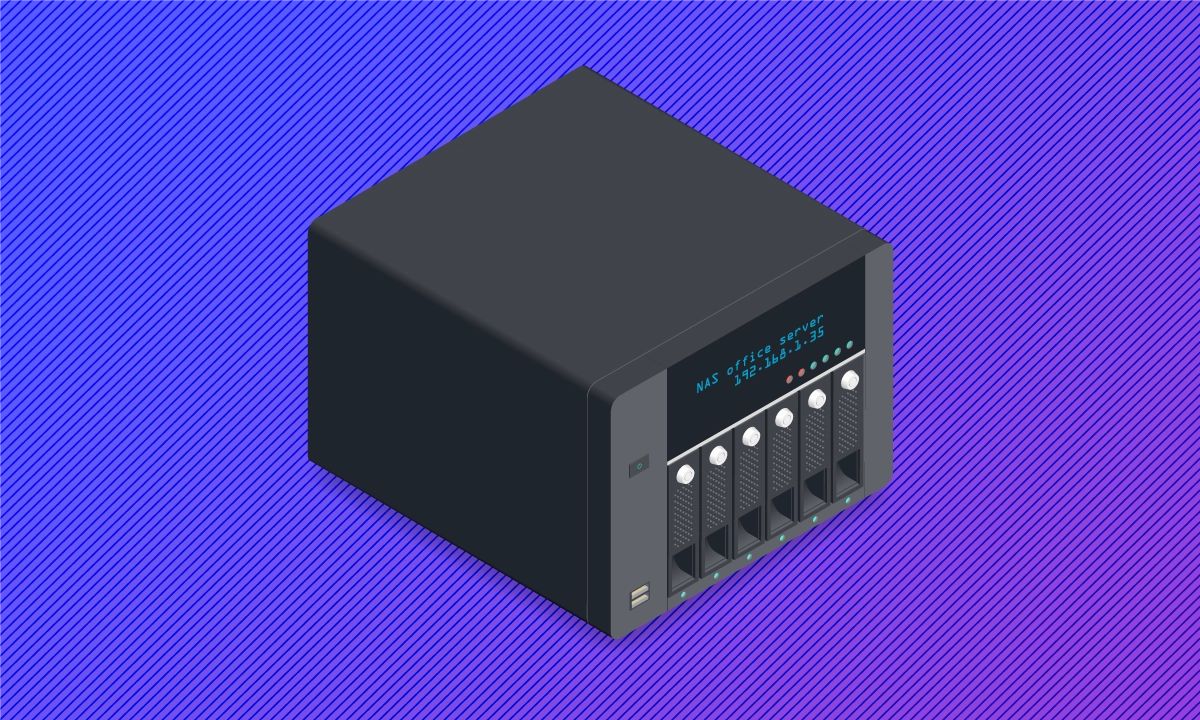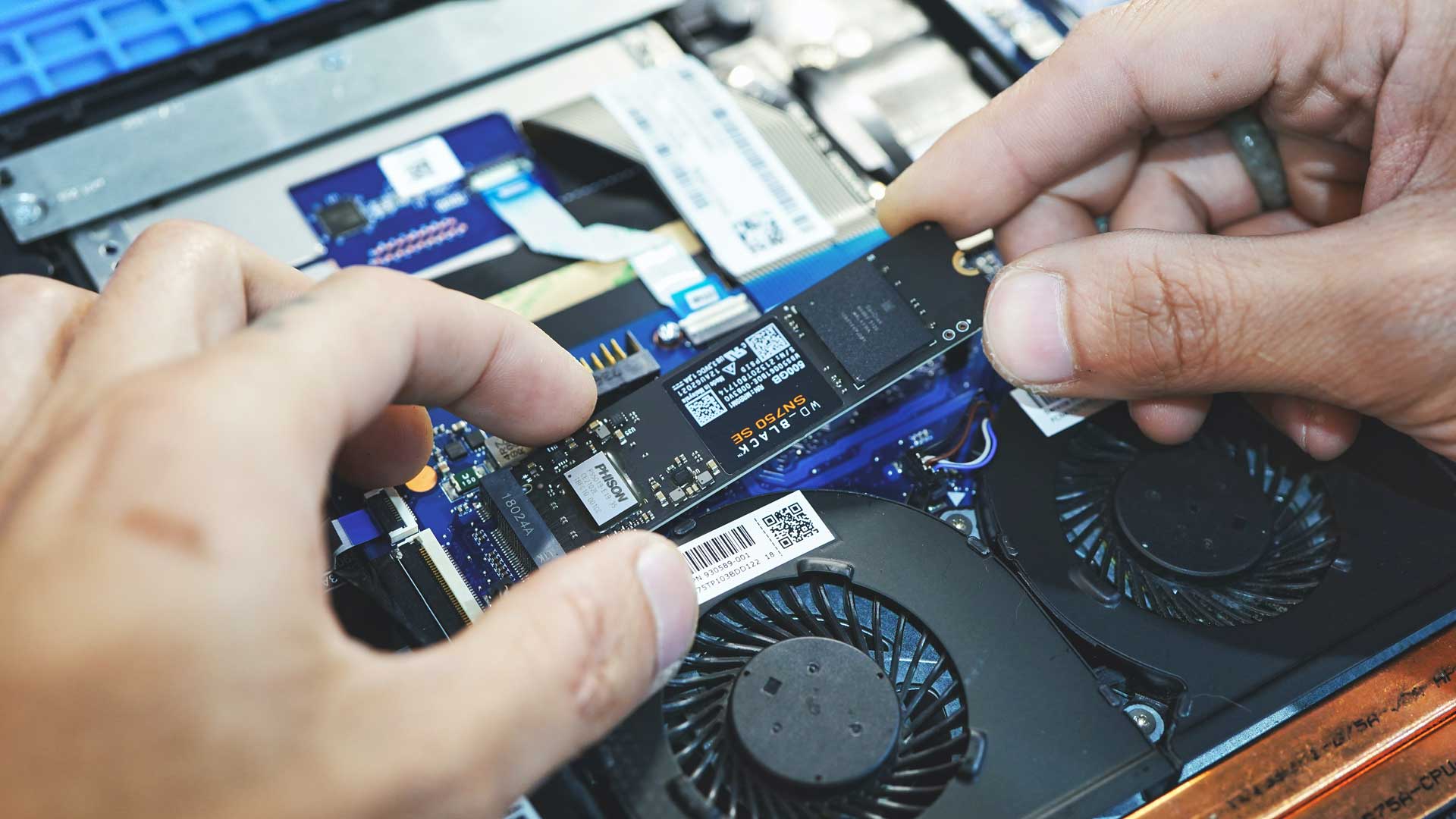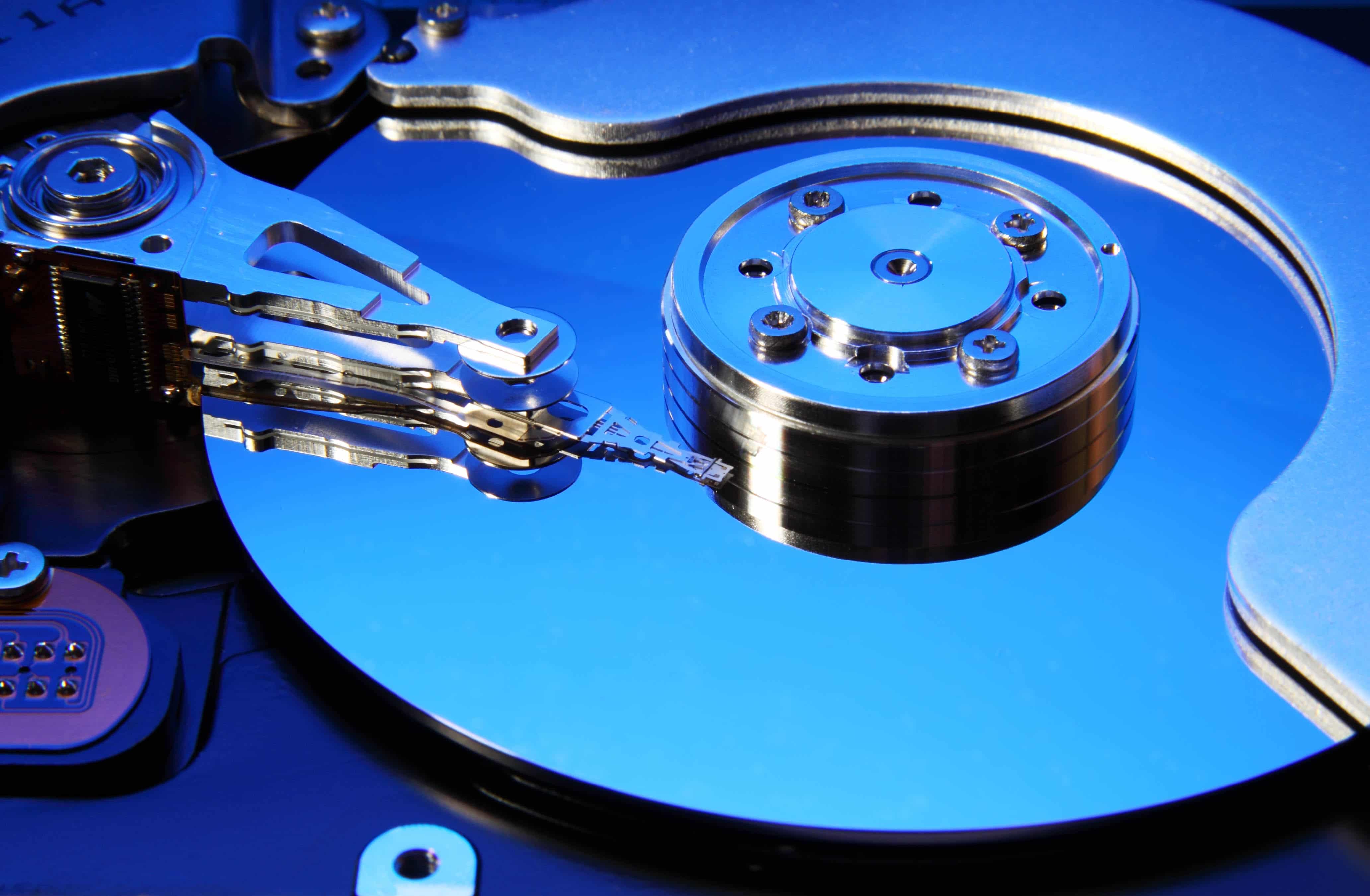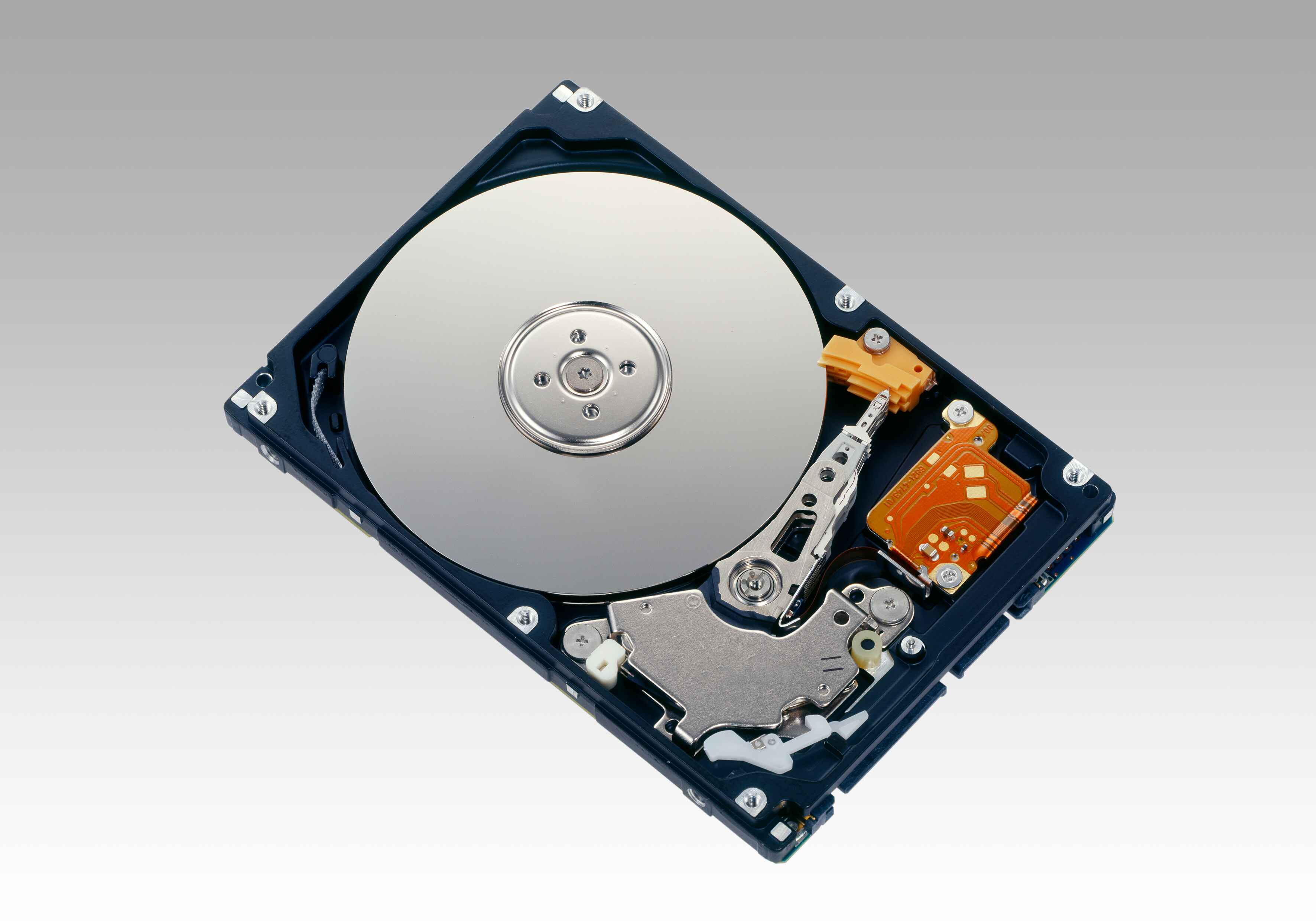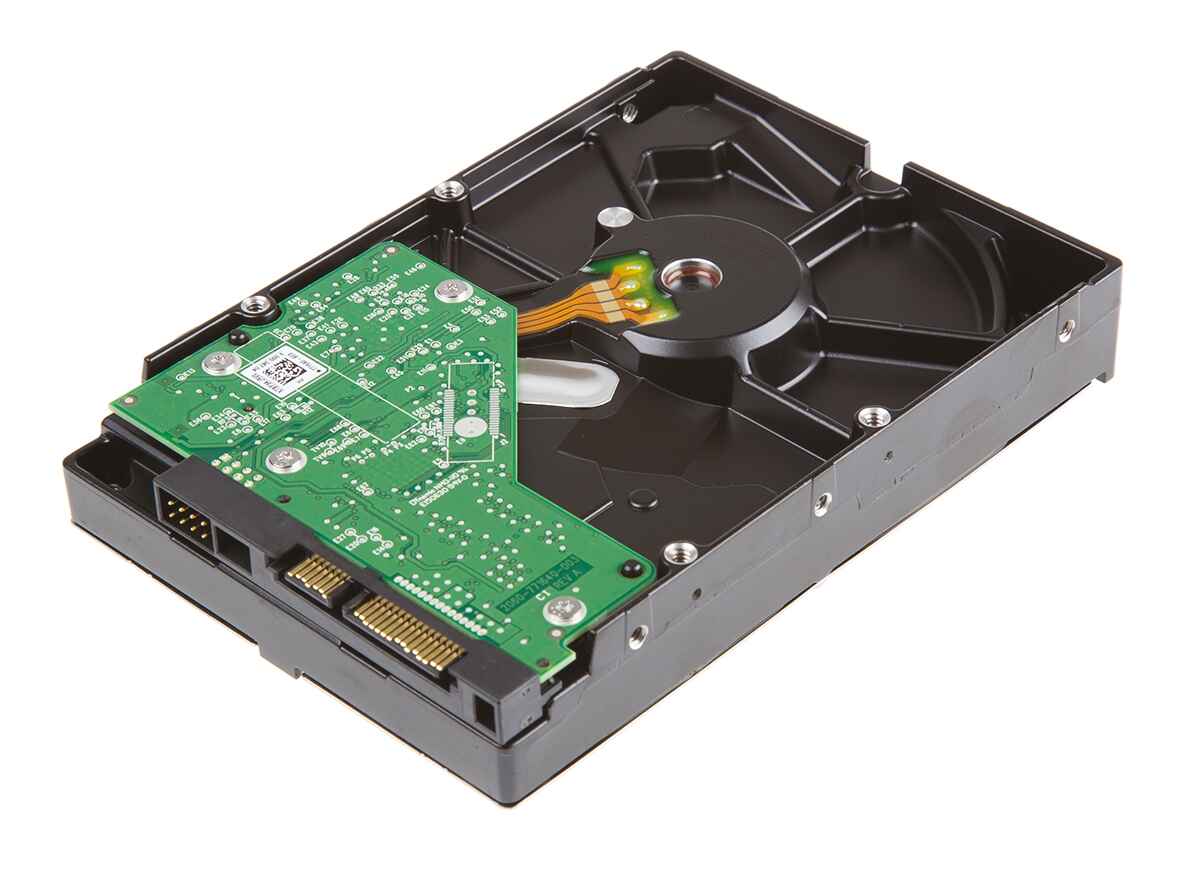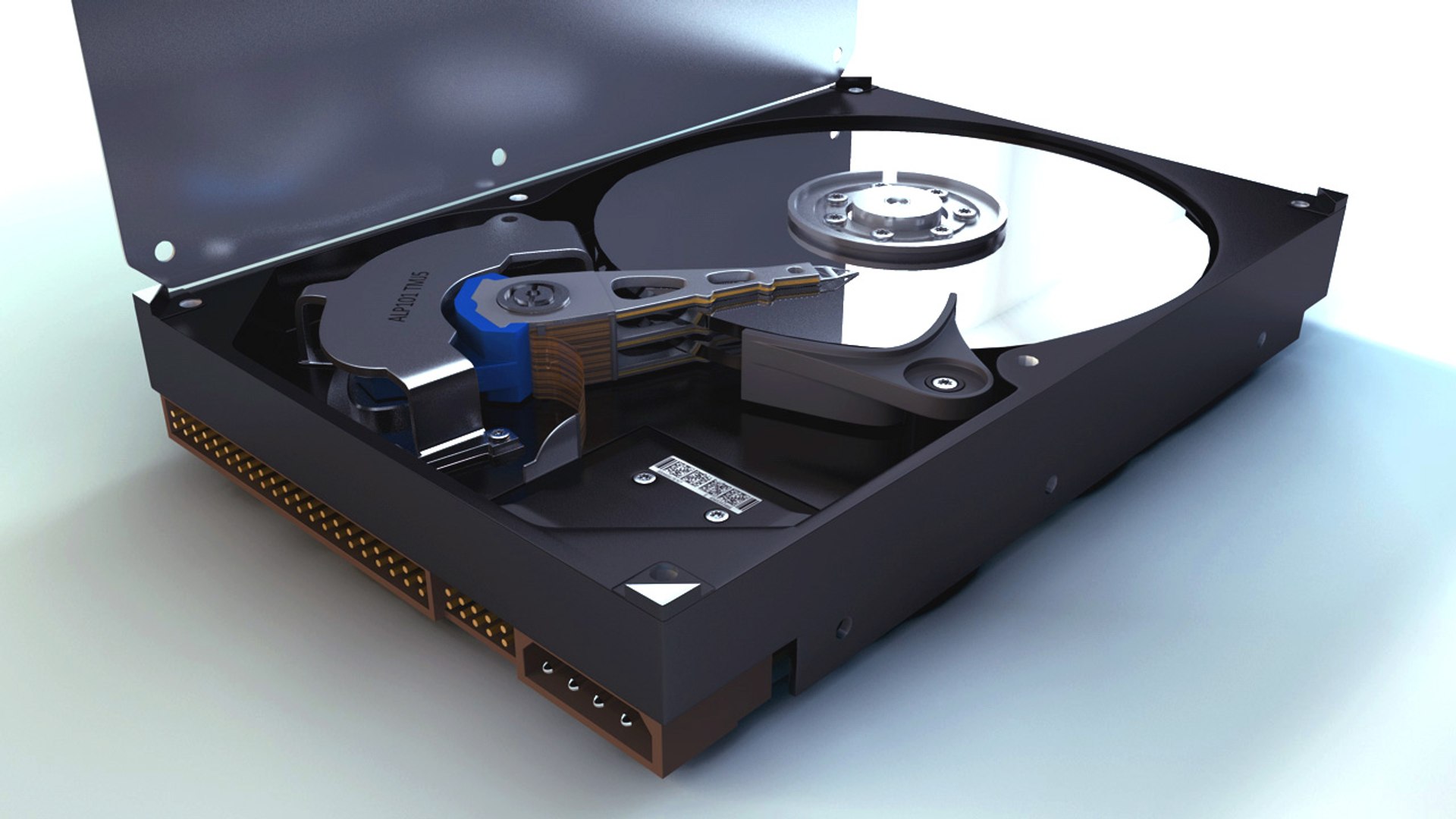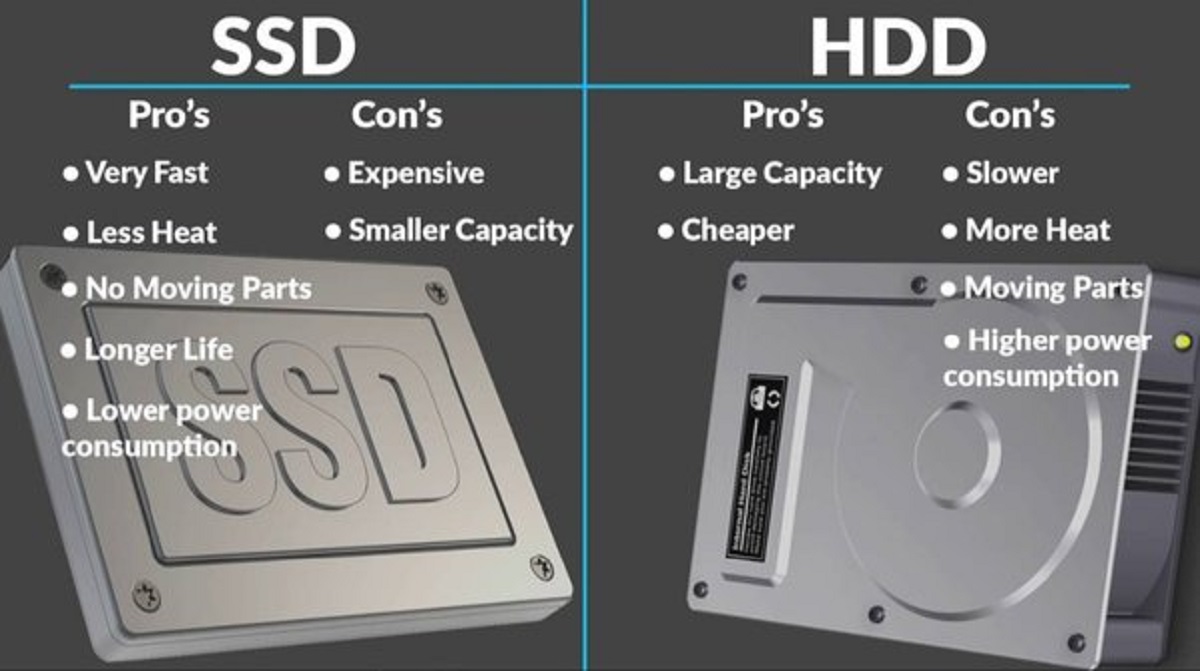Introduction
Intermittent read-write problems on enterprise network-attached storage (NAS) can significantly disrupt business operations, leading to productivity loss and data integrity issues. These problems can manifest as slow file access, delayed data retrieval, or even complete unavailability of critical resources. Identifying the root causes of these issues is crucial for maintaining a reliable and efficient storage infrastructure within an enterprise network environment.
In this article, we will explore the common factors that contribute to intermittent read-write problems on enterprise NAS systems. By understanding these potential causes, network administrators and IT professionals can proactively address and mitigate these issues, ensuring seamless data accessibility and optimal network performance.
Intermittent read-write problems can arise from various sources, including overloaded network traffic, faulty network cables, incompatible network interface cards, software configuration issues, and disk I/O bottlenecks. Each of these factors can have a distinct impact on the performance of enterprise NAS systems, necessitating a comprehensive approach to troubleshooting and resolution.
By delving into the intricacies of these potential causes, network administrators can develop a deeper understanding of the underlying issues affecting their NAS infrastructure. This knowledge empowers them to implement targeted solutions and preventive measures, ultimately fortifying the network against intermittent read-write problems.
In the following sections, we will dissect each potential cause in detail, shedding light on the specific mechanisms through which they can impede read and write operations on enterprise NAS devices. By unraveling the complexities of these factors, we aim to equip network professionals with actionable insights to effectively diagnose, address, and preemptively mitigate intermittent read-write problems on enterprise network-attached storage systems.
Overloaded Network Traffic
One of the primary culprits behind intermittent read-write problems on enterprise network-attached storage (NAS) is overloaded network traffic. When the network experiences high levels of data transmission and communication, the available bandwidth for NAS operations can become constrained, leading to latency and performance degradation. This congestion can impede the seamless transfer of data to and from the NAS, resulting in intermittent read and write issues.
Network congestion often occurs during peak usage periods when multiple users simultaneously access and transfer large files across the network. Additionally, bandwidth-intensive applications and data-intensive processes can exacerbate the strain on the network infrastructure, further contributing to congestion and subsequent read-write problems on the NAS.
To mitigate the impact of overloaded network traffic on NAS performance, network administrators can employ various strategies. Implementing Quality of Service (QoS) policies to prioritize NAS traffic, segmenting the network to isolate NAS communication, and optimizing network switch configurations are effective measures to alleviate congestion and ensure consistent read-write operations on the NAS.
Furthermore, deploying network monitoring and traffic analysis tools enables administrators to identify and address bandwidth bottlenecks, proactively managing network resources to prevent intermittent read-write problems. By actively monitoring network traffic patterns and identifying peak usage periods, administrators can implement preemptive measures to optimize network performance and alleviate the strain on the NAS infrastructure.
It is imperative for organizations to recognize the detrimental impact of overloaded network traffic on NAS functionality and take proactive steps to alleviate congestion and optimize network resources. By addressing network congestion through strategic network management and monitoring, enterprises can safeguard the reliability and performance of their network-attached storage systems, ensuring seamless data accessibility and efficient read-write operations.
Faulty Network Cables
Faulty network cables can significantly contribute to intermittent read-write problems on enterprise network-attached storage (NAS) systems. The physical integrity and quality of network cables directly impact the stability and reliability of data transmission between NAS devices and network infrastructure. When network cables are damaged, improperly terminated, or of substandard quality, they can introduce signal degradation, packet loss, and connectivity issues, leading to intermittent read and write failures on the NAS.
Common issues associated with faulty network cables include signal attenuation, crosstalk, and electromagnetic interference, all of which can disrupt the seamless transfer of data between the NAS and network endpoints. Additionally, loose or damaged cable connectors can lead to intermittent connectivity, further exacerbating read-write problems and compromising data accessibility.
To address the impact of faulty network cables on NAS performance, network administrators should conduct thorough cable inspections, ensuring that all cables are securely connected, free from physical damage, and compliant with industry standards for network infrastructure. Regular cable testing and certification can identify potential points of failure and preemptively address cable-related issues before they escalate into intermittent read-write problems.
Employing high-quality, shielded network cables and adhering to structured cabling best practices can significantly reduce the risk of signal interference and transmission errors, promoting consistent read and write operations on enterprise NAS systems. Additionally, implementing cable management solutions to organize and protect network cabling infrastructure further enhances the reliability and performance of NAS connectivity.
By proactively addressing the impact of faulty network cables on NAS functionality, organizations can fortify their network infrastructure against intermittent read-write problems, ensuring uninterrupted data access and efficient storage operations. Prioritizing cable quality, maintenance, and adherence to industry standards is fundamental to mitigating the risks posed by substandard network cabling and preserving the integrity of enterprise NAS environments.
Incompatible Network Interface Cards
Incompatible network interface cards (NICs) can be a significant contributing factor to intermittent read-write problems on enterprise network-attached storage (NAS) systems. NICs play a critical role in facilitating the communication between NAS devices and the network infrastructure. When NICs are incompatible with the network environment or exhibit suboptimal performance characteristics, they can impede the seamless transfer of data, leading to intermittent read and write issues on the NAS.
Compatibility issues may arise when NICs do not align with the network’s transmission protocols, speed capabilities, or interface standards. Mismatched NIC configurations can result in communication errors, packet loss, and connectivity disruptions, adversely affecting the reliability and performance of NAS operations.
To mitigate the impact of incompatible NICs on NAS performance, network administrators should ensure that NICs are fully compatible with the network infrastructure, adhering to industry standards and specifications. This includes verifying the compatibility of NICs with network switch configurations, transmission protocols (such as Ethernet or Fibre Channel), and data transfer rates to prevent interoperability issues that can lead to intermittent read-write problems.
Regular firmware updates and driver maintenance for NICs are essential to address compatibility issues and optimize their performance within the network environment. By staying abreast of the latest firmware releases and driver updates, administrators can resolve compatibility conflicts and ensure that NICs operate seamlessly with the NAS and network infrastructure.
Furthermore, conducting thorough compatibility testing and validation of NICs before deployment is crucial to preemptively identify and address potential interoperability issues. This proactive approach allows organizations to select NICs that seamlessly integrate with the existing network architecture, mitigating the risk of intermittent read-write problems stemming from compatibility conflicts.
By addressing the impact of incompatible network interface cards on NAS functionality, organizations can bolster the reliability and performance of their storage infrastructure, fostering uninterrupted data access and efficient read-write operations. Proactively ensuring NIC compatibility with the network environment is paramount to mitigating the risks associated with incompatible hardware and preserving the integrity of enterprise NAS systems.
Software Configuration Issues
Software configuration issues can significantly contribute to intermittent read-write problems on enterprise network-attached storage (NAS) systems. The configuration settings, protocols, and services implemented within the NAS environment play a pivotal role in governing data access, transfer, and storage operations. When software configurations are misaligned, improperly optimized, or plagued by compatibility conflicts, they can lead to intermittent read and write failures, disrupting the seamless functionality of the NAS.
Common software configuration issues that can impact NAS performance include misconfigured file sharing protocols, inadequate buffer and cache settings, and conflicting network services. Misaligned network authentication mechanisms and access control lists (ACLs) can also impede the smooth flow of data, leading to intermittent read-write problems on the NAS.
To address software configuration issues affecting NAS performance, network administrators should conduct comprehensive audits of the NAS configuration settings, ensuring that file sharing protocols, caching mechanisms, and network services are optimized for efficient data transfer and access. This includes validating the compatibility of network protocols and services with the NAS environment, resolving any configuration conflicts that may impede read-write operations.
Regular software updates, patches, and firmware enhancements are essential to address known configuration vulnerabilities and compatibility issues that can compromise NAS performance. By staying current with the latest software releases and security patches, administrators can fortify the NAS environment against potential configuration-related vulnerabilities that may lead to intermittent read-write problems.
Furthermore, implementing robust configuration management practices, including version control, change management, and documentation, can streamline the process of identifying and rectifying software configuration issues. This proactive approach ensures that the NAS environment maintains optimal configuration settings, minimizing the risk of intermittent read-write problems stemming from misconfigured software components.
By addressing the impact of software configuration issues on NAS functionality, organizations can bolster the reliability and performance of their storage infrastructure, fostering uninterrupted data access and efficient read-write operations. Proactively managing and optimizing software configurations is fundamental to mitigating the risks associated with misaligned settings and preserving the integrity of enterprise NAS systems.
Disk I/O Bottlenecks
Disk I/O bottlenecks can pose a significant challenge to the performance of enterprise network-attached storage (NAS) systems, leading to intermittent read-write problems that hinder data accessibility and storage operations. Disk I/O bottlenecks occur when the input and output operations of the NAS storage disks are constrained, impeding the efficient transfer of data and compromising the responsiveness of the storage infrastructure.
Factors contributing to disk I/O bottlenecks include high disk utilization, inadequate disk caching, and suboptimal disk striping and mirroring configurations. Additionally, the presence of fragmented files, excessive concurrent I/O requests, and outdated disk firmware can exacerbate I/O bottlenecks, leading to intermittent read and write issues on the NAS.
To mitigate the impact of disk I/O bottlenecks on NAS performance, network administrators should conduct thorough performance monitoring and analysis to identify storage disks experiencing high I/O utilization. Implementing disk caching mechanisms and optimizing disk striping and mirroring configurations can alleviate I/O constraints, enhancing the responsiveness and throughput of the NAS storage subsystem.
Regular disk maintenance, including defragmentation and firmware updates, is essential to address disk I/O bottlenecks and optimize the performance of storage disks within the NAS environment. By ensuring that disks are free from fragmentation and operate with the latest firmware enhancements, administrators can minimize the risk of intermittent read-write problems stemming from I/O constraints.
Furthermore, load balancing I/O operations across multiple disks and leveraging storage tiering strategies can distribute the I/O workload, mitigating bottlenecks and optimizing data transfer rates within the NAS. This approach enhances the overall responsiveness and reliability of the NAS storage infrastructure, minimizing the impact of I/O bottlenecks on read and write operations.
By addressing the impact of disk I/O bottlenecks on NAS functionality, organizations can fortify the reliability and performance of their storage infrastructure, fostering uninterrupted data access and efficient read-write operations. Proactively optimizing disk I/O operations and mitigating bottlenecks are fundamental to preserving the integrity of enterprise NAS systems and ensuring seamless data storage and retrieval.
Conclusion
Intermittent read-write problems on enterprise network-attached storage (NAS) systems can stem from a variety of sources, including overloaded network traffic, faulty network cables, incompatible network interface cards, software configuration issues, and disk I/O bottlenecks. Addressing these potential causes is crucial for maintaining a reliable and efficient storage infrastructure within an enterprise network environment.
By delving into the intricacies of these potential causes, network administrators can develop a deeper understanding of the underlying issues affecting their NAS infrastructure. This knowledge empowers them to implement targeted solutions and preventive measures, ultimately fortifying the network against intermittent read-write problems.
To mitigate the impact of these factors on NAS performance, network administrators should employ proactive strategies such as implementing Quality of Service (QoS) policies to prioritize NAS traffic, conducting thorough cable inspections, ensuring NIC compatibility with the network environment, managing and optimizing software configurations, and addressing disk I/O bottlenecks through performance monitoring and optimization.
By addressing the impact of these potential causes on NAS functionality, organizations can bolster the reliability and performance of their storage infrastructure, fostering uninterrupted data access and efficient read-write operations. Proactively diagnosing and mitigating the root causes of intermittent read-write problems is fundamental to preserving the integrity of enterprise NAS systems and ensuring seamless data storage and retrieval.
Ultimately, a comprehensive approach to troubleshooting and resolution is essential for organizations to safeguard the reliability and performance of their network-attached storage systems, ensuring seamless data accessibility and optimal network performance.







